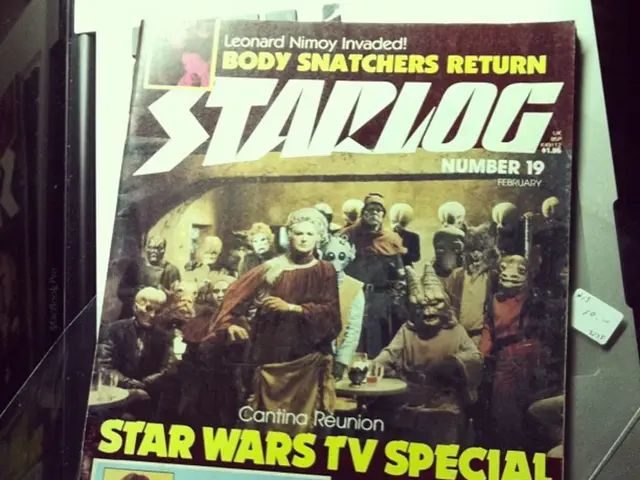The Role of Computer-Generated Imagery in Shaping Contemporary Cinema
The wild ride of CGI in flicks has been one hell of a journey, man! From its humble beginnings in the '70s, CGI has transformed the way movies are made and enjoyed. Back in '73, we got our first taste in the science fiction flick "Westworld," where it was used to craft those iconic robot POV shots.
But it wasn't until the '80s that CGI really started gaining some steam, with films like "Tron" and "The Last Starfighter" pushing the envelope on what was possible with computer-generated effects. As tech got more advanced, so did CGI, and the '90s saw a surge in its use, most notably in "Jurassic Park." That movie brought dinosaurs to life in a way we'd never seen before, marking a turning point in the industry.
From there, CGI became an integral part of filmmaking, showing up in pretty much every big-budget flick. Whether it's superhero smackdowns or animated adventures, CGI has become a staple in modern cinema, helping filmmakers bring their craziest visions to the big screen.
The evolution of CGI in cinema has been a testament to the relentless pursuit of innovation and creativity in the industry. From its modest beginnings as a novelty to its current status as a vital tool for filmmakers, CGI has utterly revolutionized the way stories are told and visualized on the silver screen. As tech keeps advancing, it's fascinating to ponder what wonders lie ahead for CGI and how it will continue shaping cinema's future.
Here's a quick lowdown on CGI's journey:
- Early Developments: In '73, CGI made its debut in "Westworld," and by '84, we saw integrated CGI in "The Last Starfighter." By '85, we even had photorealistic CGI characters thanks to "Young Sherlock Holmes."
- Mainstream Breakthroughs: It wasn't until '93, with "Jurassic Park," that CGI really blew our minds with realistic creatures. Then in '99, "The Matrix" introduced innovative "bullet time" effects that pushed CGI's boundaries even further.
- Modern Developments: Since then, we've seen continuous advancements in CGI techniques, including motion capture tech and detailed character modeling.
So there you have it! A quick history lesson on CGI in film, from its inception to its current place as a staple in modern cinema. As tech keeps evolving, who knows what insane visuals we'll be witnessing in the future, mate?
Technology's impact extended beyond movies-and-tv, revolutionizing entertainment as a whole. CGI, initially showcased in '73's "Westworld," has since grown to become an essential tool in moviemaking, enhancing the storytelling experience with its captivating visuals.







